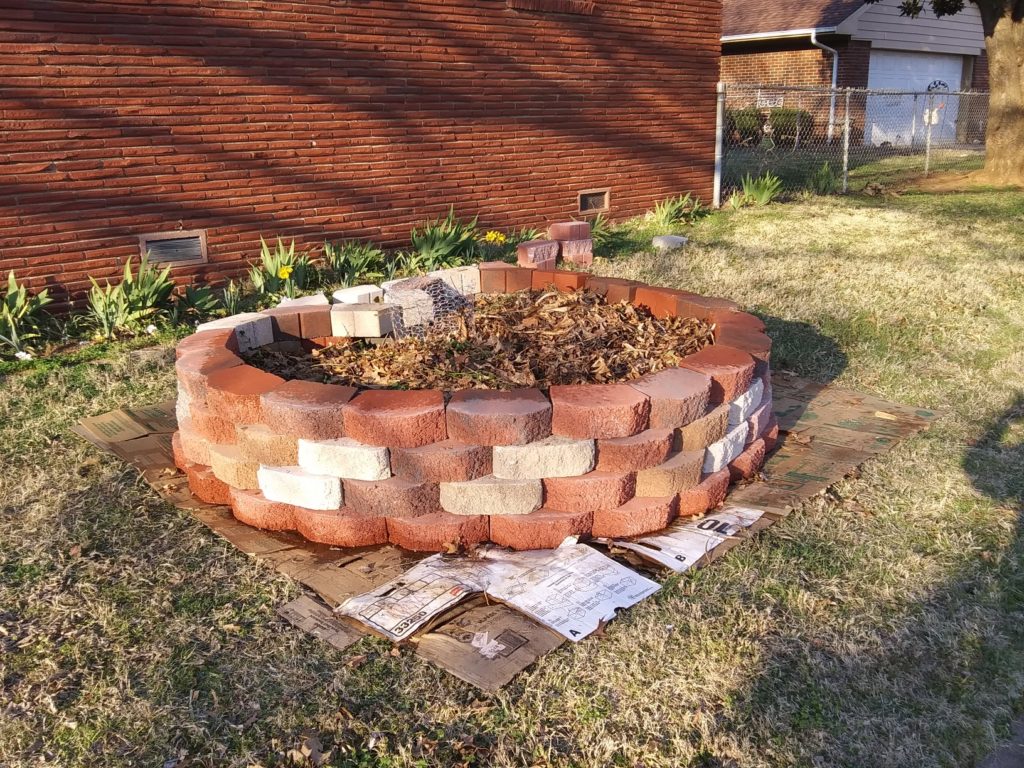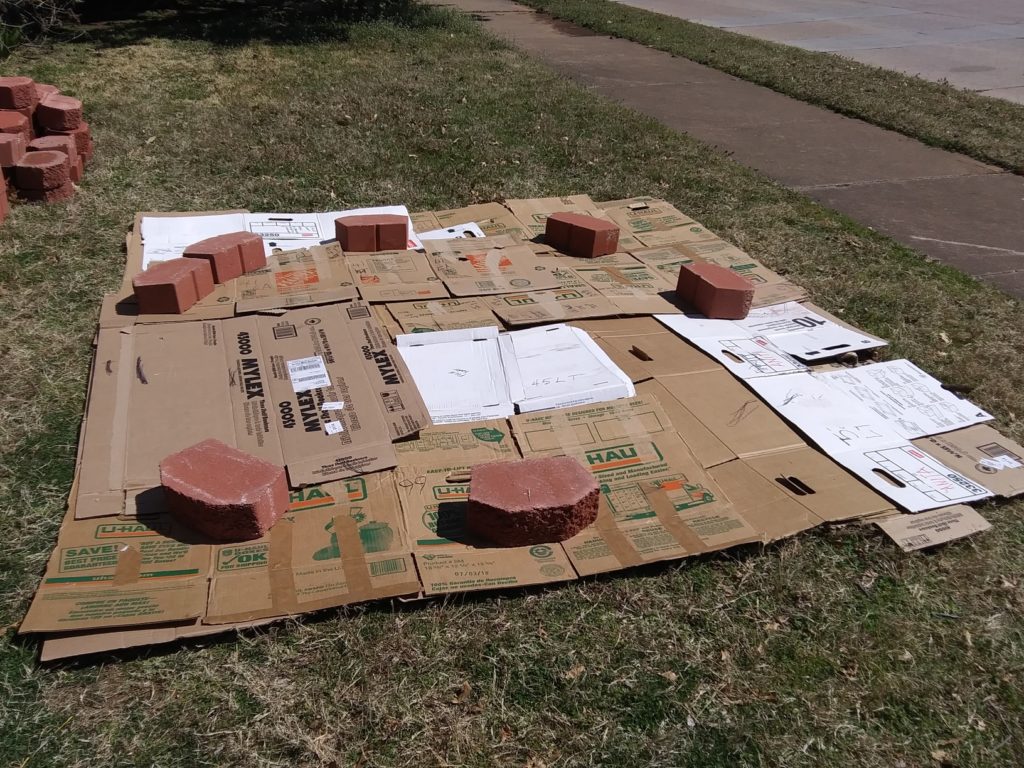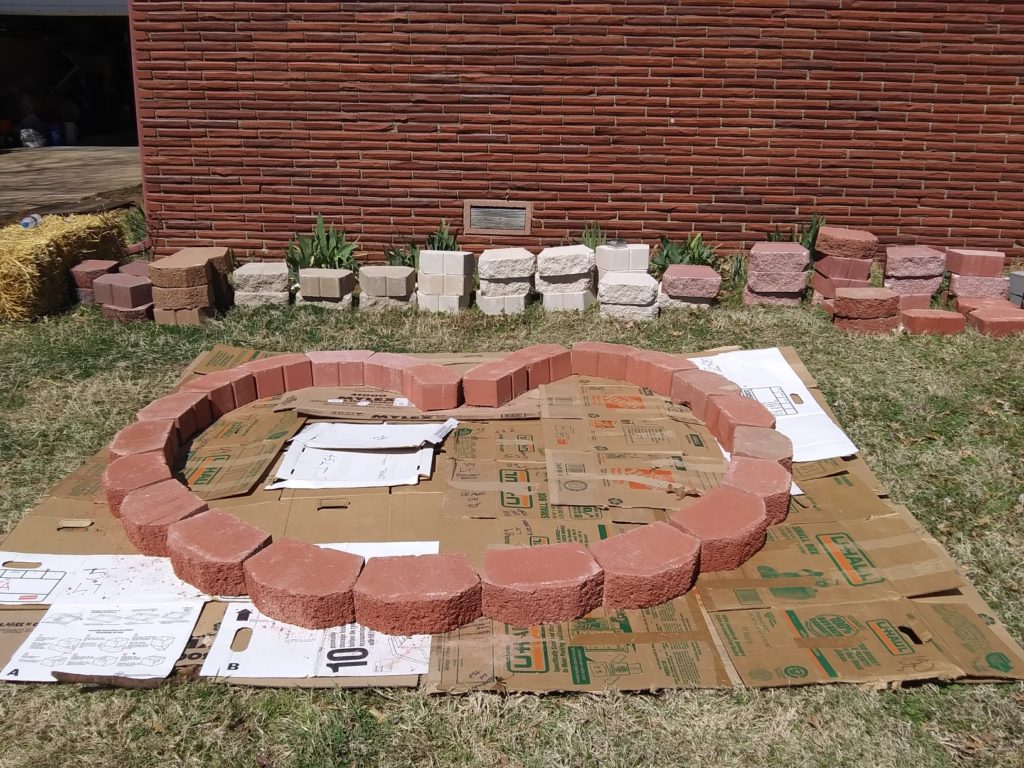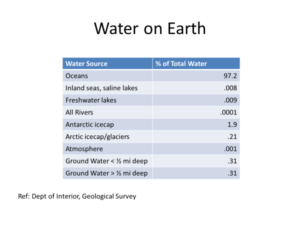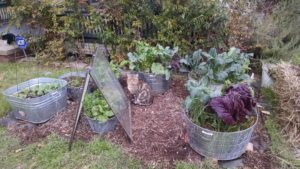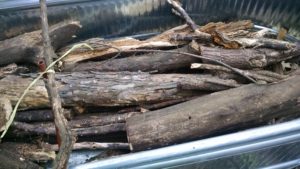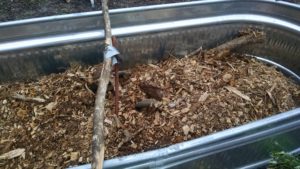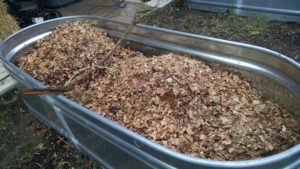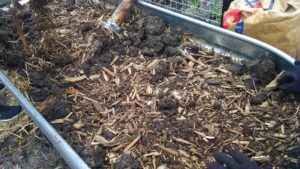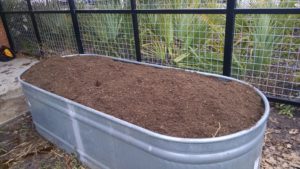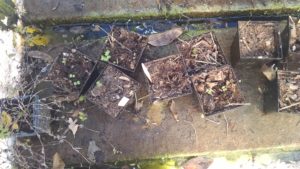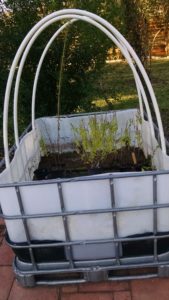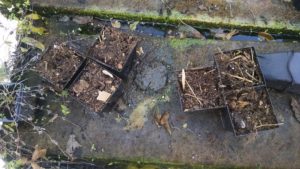This past month has been occupied with moving a 750 sq ft garden from a site that is being converted to an access road. Although a permanent location is not solidified, nor is the design, the temporary arrangement is …. crates! About 110 sq ft of crates!
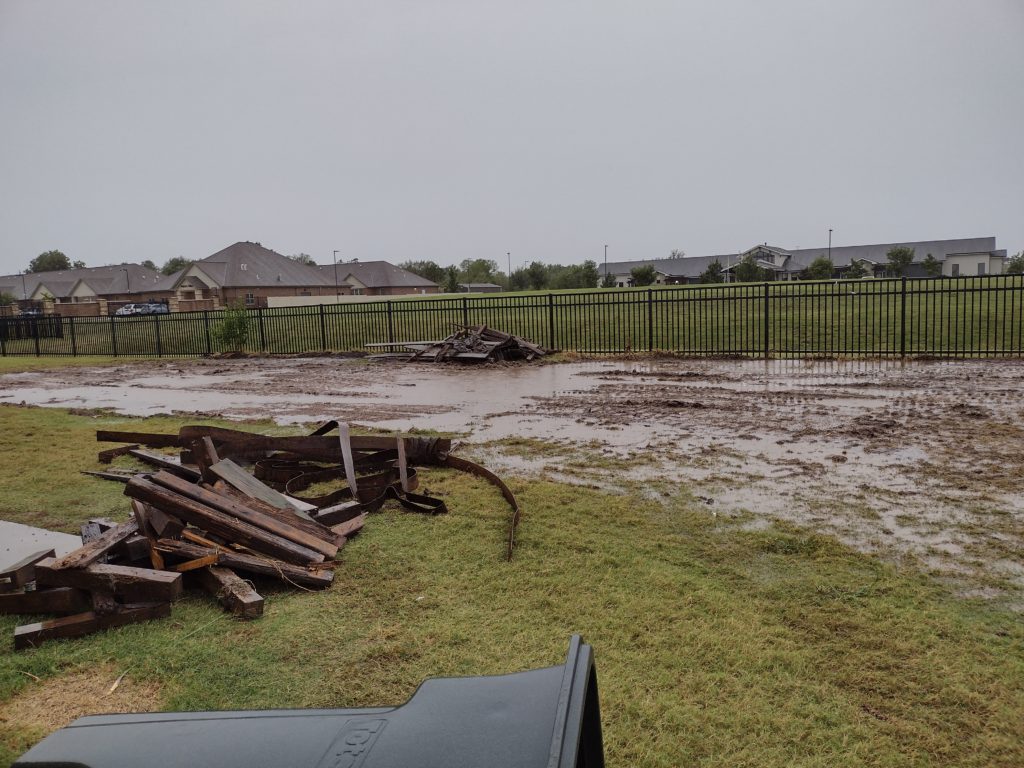
Milk crates (12″ cubes) are being used for the primary (new) crops, while vegetable crates (22″x14″x9″) are housing the asparagus crowns and the strawberries. Liners for the crates vary: the vegetable crates holding asparagus are lined with burlap bags, donated by a local coffee roaster. Since the burlap will deteriorate over time, when the asparagus needs to be transferred to its permanent bed, we can just lift the burlap and crowns as a whole and place in the bed, with minimum disturbance. When we moved the asparagus we carefully dug as far under the crowns as possible to minimize disturbing the roots. After a rain, they crowns have produced another crop of fronds. This is a good sign.
The strawberry crates are lined with net bags that housed onions for transport. Again, the strawberries were lifted with as much native soil as possible so that there was little shock. They have now been thinned and are mulched for the winter.
The milk crates are lined with weed barrier, to allow for drainage, but not allowing the soil to leak out. They are filled with soil from the garden and seeded with kale, spinach, carrots, turnips, arugula, and chicory greens. Take a look at the kale and spinach, thriving in the fall weather in its new home!
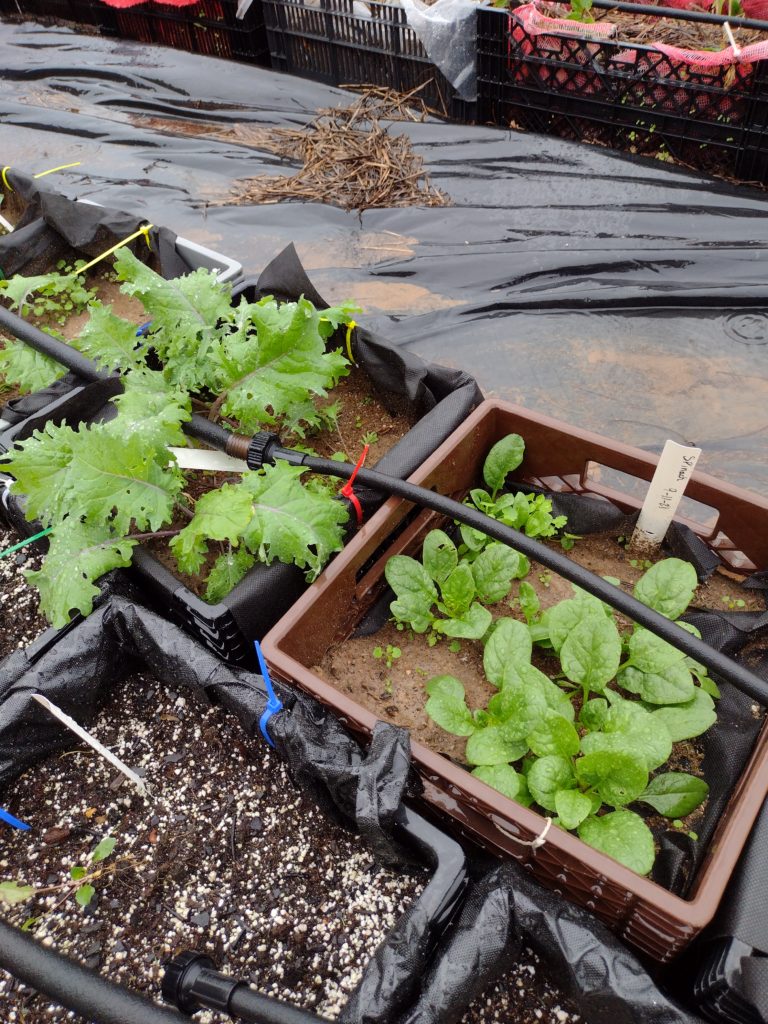
Now, as an aside, I’ll say that the milk crate garden idea comes from the Riverpark Farm NYC, which created and maintains a large farm solely in milk crates! And milk crates are so portable, that the farm has moved a couple of times since its inception. It’s a marvel.
So … here in Tulsa it can get quite cold. There is a plan. There are two methods that we used in the old garden beds: mulching heavily and using row cover. The new, temporary, garden will receive those two treatments.
The asparagus already has been given a mulch of straw. The mulch will insulate from temperature extremes, and will help the soil hold moisture when it rains (or we water). When the spears turn yellow, we will cut them to about 1-2” and then mulch with about 3” of straw. This should carry them through freezes.
The strawberries are getting some light mulching, but as the freezes start we will be adding straw. In February of this year, when the Great Freeze happened, we completely covered the plants with straw. When the weather began to warm again, we pulled it aside and the little green leaves perked up.
As for the rest of the crates, we’ll be creating a microclimate. That means modifying the environment around the crates to lessen the impact of extreme weather. In the next few weeks, bales of straw will be placed on the north side of the milk crates. The straw will protect the crates from north winds. Then the crates will also be sporting hoops to support row cover. The row cover will also lessen the impact of weather extremes. And, if it snows or ices, the snow/ice will settle on the row cover and become insulation!

